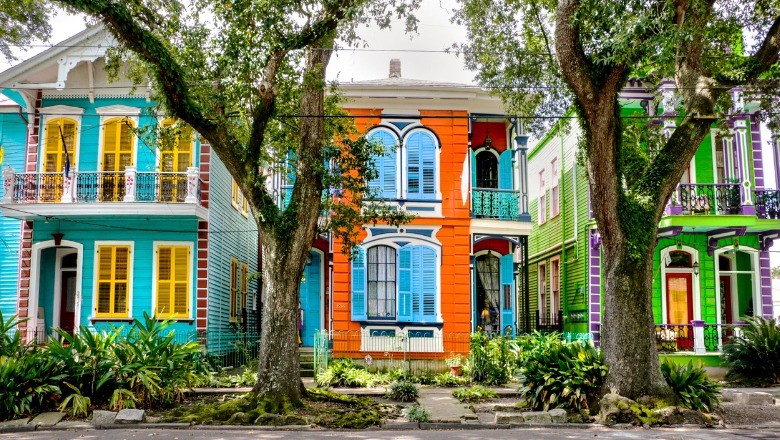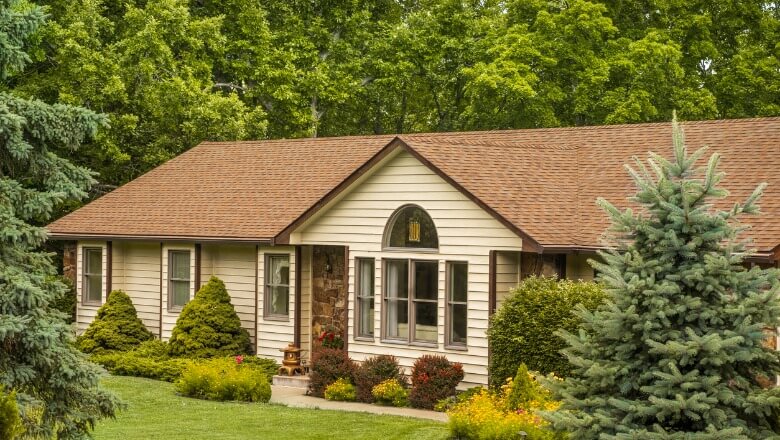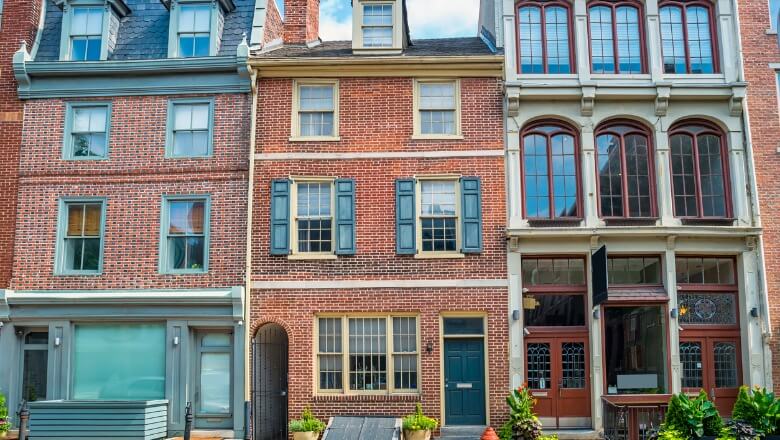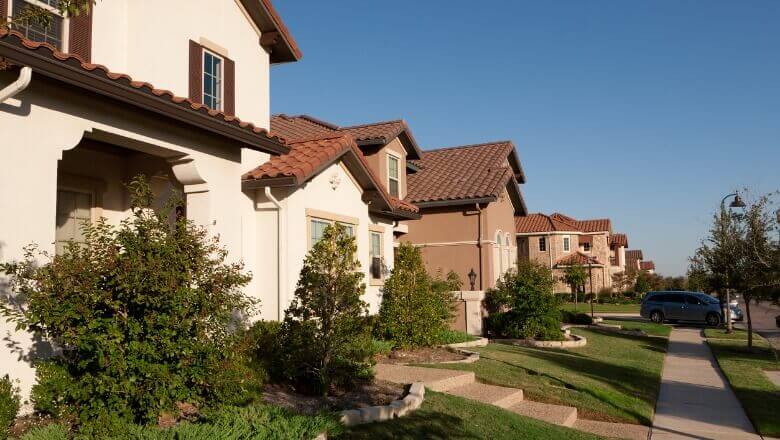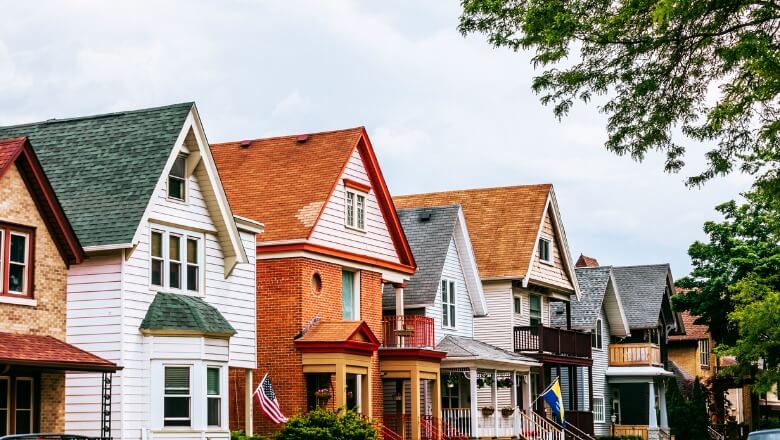Mortgage Calculator With Down Payment
Mortgage Down Payment Calculator
Preparing to buy a house? Call us for a complimentary mortgage consultation or get prequalified online.
Mortgage Down Payment Calculator
Are you in the market for a new home? This calculator can help you estimate the down payment you’ll need to make it happen or see how different down payment amounts might affect the size of your monthly mortgage payments. Simply enter a few numbers to get started.
What Is a Mortgage Down Payment Calculator?
The homebuying process can be complicated, but our mortgage down payment calculator provides a fast and easy way to determine how much down payment you might need to purchase a given property. It uses the home purchase amount, your mortgage loan term (in years), interest rate, and down payment amount to show what your estimated monthly payment might be.
The larger the down payment, the lower the monthly mortgage payment. You can experiment with the mortgage calculator down payment amount to see what works for your budget and the type of mortgage loan you plan on using.
If you’re planning to take out a mortgage to buy a home, you’re in good company. Around 80% of recent homebuyers financed their home purchase. As a borrower, determining how much down payment you’ll likely need can better inform your search. It can also help decide if you have enough saved to start seriously house hunting or if more time is needed to build up your savings before buying a home.
While figuring out how much house you can afford, it’s important to consider home buying closing costs in your planning, as this expense isn’t included in the down payment mortgage calculator.
Additionally, did you know home interest rates may vary by state?
Current Mortgage Rates by State
💡 Quick Tip: Generally, the lower your debt-to-income ratio, the better loan terms you’ll be offered. One way to improve your ratio is to increase your income (hello, side hustle!). Another way is to consolidate your debt and lower your monthly debt payments.
How to Calculate a Mortgage Down Payment
Perhaps you’ve heard the conventional wisdom that you’ll need 20% as a down payment to buy a house. While it’s possible to put less than 20% down, calculating the down payment is still done as a percentage of the home purchase price.
The lender or loan type will generally dictate the minimum down payment amount. But if you’ve yet to get preapproved for a home loan and are still in the planning phase, you might be wondering how much is a down payment.
Here are some example calculations using the median sale price for homes in Q3 of 2023: $431,000.
- 3% down payment: $12,930
- 5% down payment: $21,550
- 10% down payment: $43,100
- 20% down payment: $86,200
Recommended: 15-Year vs 30-Year Mortgage
How Does a Down Payment Work?
A down payment (sometimes called “earnest money”) is an upfront cash payment made by the buyer to show the seller that the buyer is committed to purchasing the property. Unless you’re paying for a home with cash, a down payment is required by lenders for most mortgages. Expressed as a percentage of the home’s purchase price, the down payment represents the portion of the home’s value that you actually own, known as home equity. The remainder of the home cost is covered through monthly mortgage payments (with interest).
The minimum down payment on a house depends on the type of mortgage you apply for. Homebuyers may be able to put as little as 3% down with a conventional loan, or even 0% down with certain government-backed loans.
Your down payment amount can impact the mortgage loan terms, so buyers may choose to make a larger down payment than what’s required. Putting more money down lowers your loan-to-value (LTV) ratio, which measures the amount of debt used to buy a home against the home value. A lower LTV translates to reduced risk for lenders and potentially a lower interest rate for the borrower.
Additionally, buyers who put less than 20% down are often required to get private mortgage insurance (PMI), which costs between 0.1% to 2% of the loan amount each year. Once borrowers hit the 20% equity threshold, they are usually free from the PMI requirement.
Recommended: What Is a Good Mortgage Interest Rate Right Now?
How to Lower a Mortgage Down Payment
Saving for a down payment on a home is a major undertaking. Homebuyers have a handful of options to lower the down payment requirement and still qualify for a mortgage.
• Down payment assistance (DPA) programs: Grants, tax credits, or loans may be available to help make a down payment more affordable. DPA programs are often geared toward first-time or low- to moderate-income buyers.
• FHA loans: Loans backed by the Federal Housing Administration usually require a minimum down payment of just 3.5%, making it popular with first-time buyers. Note that FHA loans come with upfront PMI payments and monthly premiums.
• VA loans: Active service members, reservists, veterans, and surviving spouses can get a mortgage backed by the U.S. Department of Veterans Affairs with no down payment requirements.
• USDA Loan: Buyers can get a mortgage with no down payment requirement if their home is in a USDA eligible area and they meet income requirements.
Pros and Cons of a Mortgage Down Payment Calculator
Using a mortgage calculator with down payment estimates is a good jumping-off point for prospective homebuyers. But there are some shortcomings to consider when evaluating the results.
Pros
• It provides an understanding of what you can expect for a down payment to inform your savings goals and budget.
• It helps ballpark your monthly mortgage payment before taking out a loan.
• You can compare what the down payment amount would be with different loan types (e.g., FHA vs. conventional loan).
Cons
• The mortgage calculations are only an estimate, as they don’t factor in closing costs and other variables.
• It doesn’t show what mortgage rate you qualify for, so homebuyers will have to estimate that figure if they haven’t been preapproved or locked in their rate.
Average Mortgage Down Payment in 2023
Housing prices fell in the first half of 2023 since their peak at the end of 2022, so down payments have fallen year-over year. The average median down payment in the second quarter of 2023 was $34,248, down 3.3% vs. the same time in 2022. Borrowers paid an average of 14.7% down in the third quarter of 2023, and median down payment amounts were about $30,000.
There’s a considerable difference in the average mortgage down payment between first-time homebuyers and repeat buyers, as the latter often can use proceeds from a home sale to put more money down.
Down payments for first-time home buyers averaged 8%, whereas the average down payment for repeat buyers was 19%. Thus, the majority of buyers in both categories fell short of the 20% down rule of thumb. (New to home shopping? Check out a home loan help center to familiarize yourself with the process.)
💡 Quick Tip: One answer to rising house prices is a jumbo loan. Apply for a jumbo loan online with SoFi, and you could finance up to $2.5 million with as little as 10% down. Get preapproved and you’ll be prepared to compete in a hot market.
Tips on Mortgage Down Payments
Calculating your down payment is a helpful step to get your budget in check. While a larger down payment could mean saving on PMI and locking in a lower rate, it shouldn’t compromise your financial wellness.
When deciding how much down payment you can afford, it’s important to ensure you’re setting aside funds for closing costs and ongoing maintenance of your new home. Depending on your personal financial situation, you may also need to factor in debt payments, emergency expenses, and other savings goals.
If a down payment is not yet in reach, it’s time to get creative about saving money so you can get on track. Begin by determining how much you can set aside each month and then calculate how long it will take to reach your down payment savings goal.
The Takeaway
The homebuying process can be complicated. But there are loan options and strategies available that make homeownership possible even if you can’t put down 20% of the cost of a home purchase up front. Running different scenarios in a mortgage down payment calculator can help you determine what you can afford and what feels right for your monthly budget.
Looking for an affordable option for a home mortgage loan? SoFi can help: We offer low down payments (as little as 3% - 5%*) with our competitive and flexible home mortgage loans. Plus, applying is extra convenient: It's online, with access to one-on-one help.
FAQ
What is the 20% down payment on a $300,000 house?
A 20% down payment on a $300,000 house would equate to $60,000.
How do I calculate my required down payment?
Down payments are calculated as a percentage of the home sale price. The required minimum down payment is determined by the loan type or lender.
Is a 20% down payment always required?
A 20% down payment is not necessary for many loan types. However, putting 20% down usually allows the borrower to avoid having to get private mortgage insurance.
SoFi Loan Products
SoFi loans are originated by SoFi Bank, N.A., NMLS #696891 (Member FDIC). For additional product-specific legal and licensing information, see SoFi.com/legal. Equal Housing Lender.
Terms, conditions, and state restrictions apply. Not all products are available in all states. See SoFi.com/eligibility-criteria for more information.
*SoFi requires Private Mortgage Insurance (PMI) for conforming home loans with a loan-to-value (LTV) ratio greater than 80%. As little as 3% down payments are for qualifying first-time homebuyers only. 5% minimum applies to other borrowers. Other loan types may require different fees or insurance (e.g., VA funding fee, FHA Mortgage Insurance Premiums, etc.). Loan requirements may vary depending on your down payment amount, and minimum down payment varies by loan type.
¹FHA loans are subject to unique terms and conditions established by FHA and SoFi. Ask your SoFi loan officer for details about eligibility, documentation, and other requirements. FHA loans require an Upfront Mortgage Insurance Premium (UFMIP), which may be financed or paid at closing, in addition to monthly Mortgage Insurance Premiums (MIP). Maximum loan amounts vary by county. The minimum FHA mortgage down payment is 3.5% for those who qualify financially for a primary purchase. SoFi is not affiliated with any government agency.
†Veterans, Service members, and members of the National Guard or Reserve may be eligible for a loan guaranteed by the U.S. Department of Veterans Affairs. VA loans are subject to unique terms and conditions established by VA and SoFi. Ask your SoFi loan officer for details about eligibility, documentation, and other requirements. VA loans typically require a one-time funding fee except as may be exempted by VA guidelines. The fee may be financed or paid at closing. The amount of the fee depends on the type of loan, the total amount of the loan, and, depending on loan type, prior use of VA eligibility and down payment amount. The VA funding fee is typically non-refundable. SoFi is not affiliated with any government agency.
Financial Tips & Strategies: The tips provided on this website are of a general nature and do not take into account your specific objectives, financial situation, and needs. You should always consider their appropriateness given your own circumstances. SOHL1023244More articles and resources
Get prequalified in minutes for a SoFi Home Loan.

















